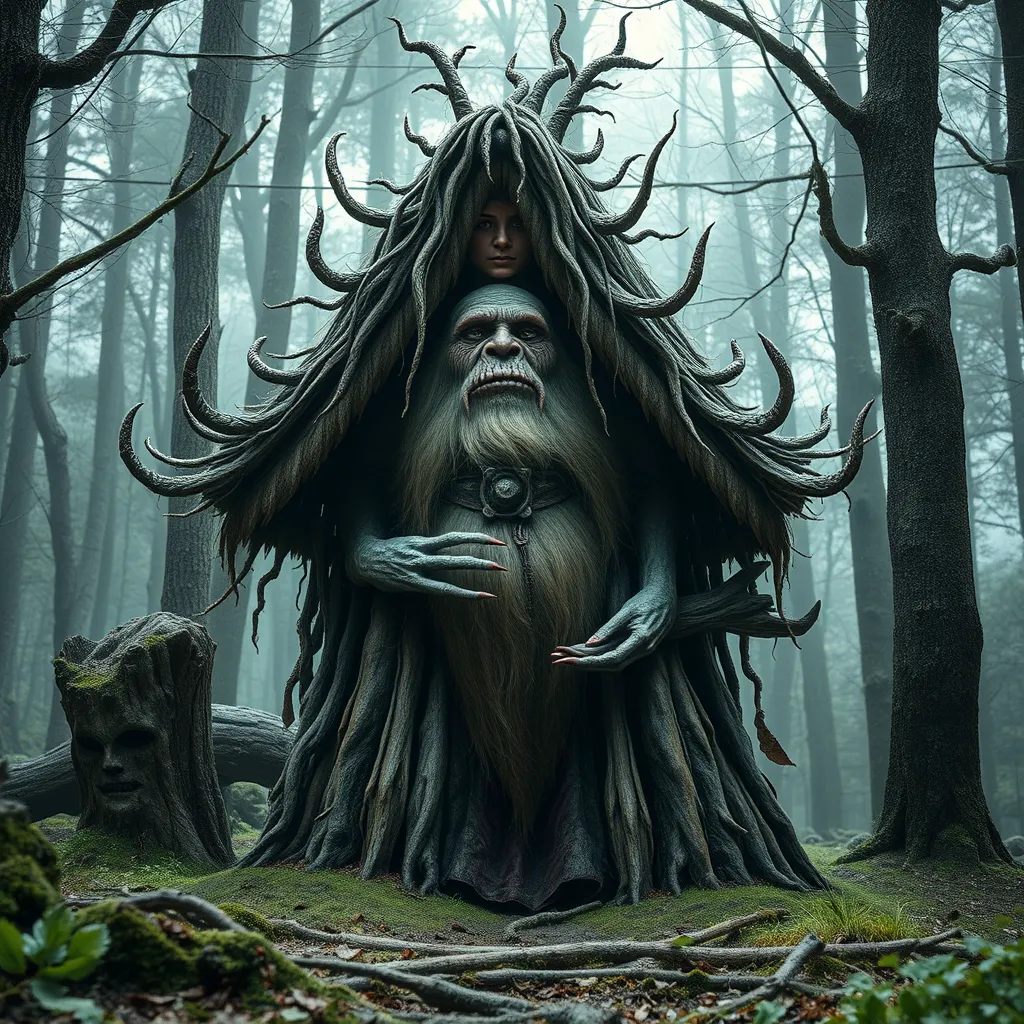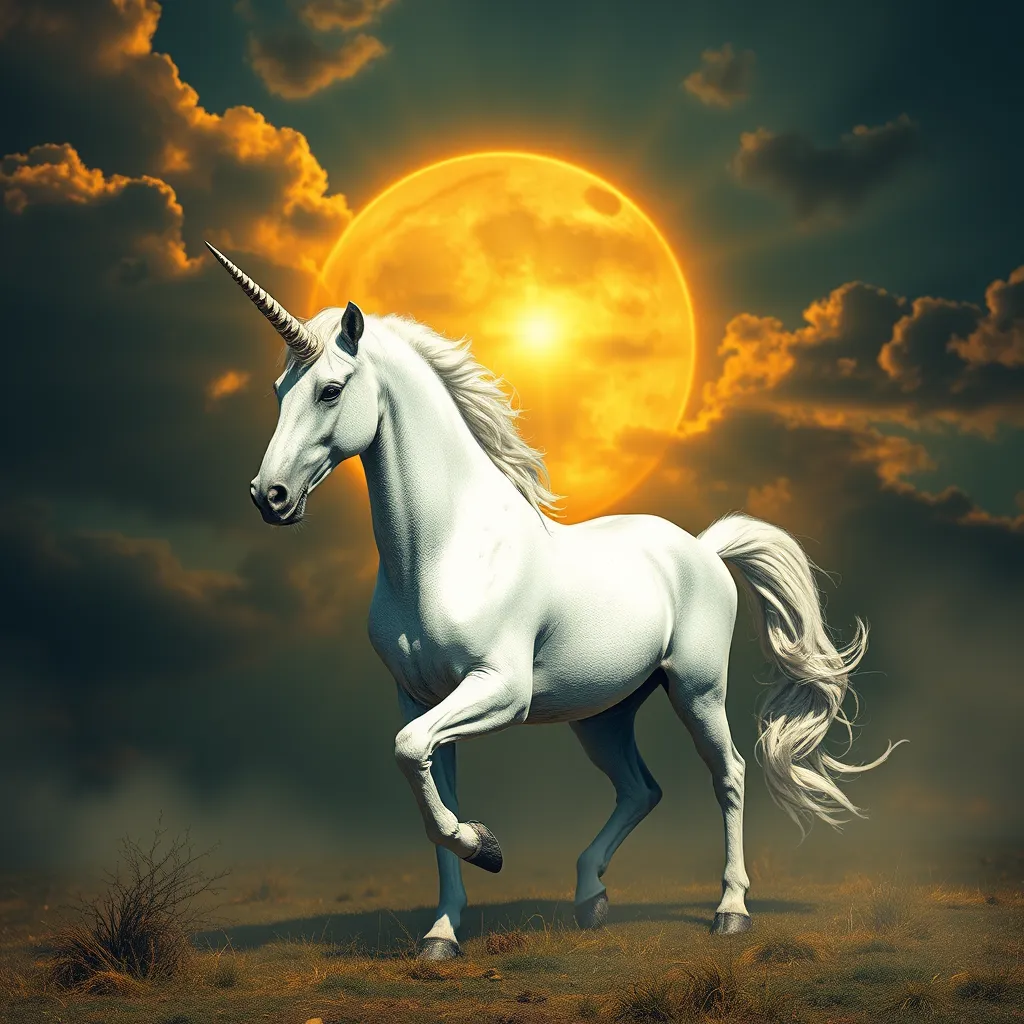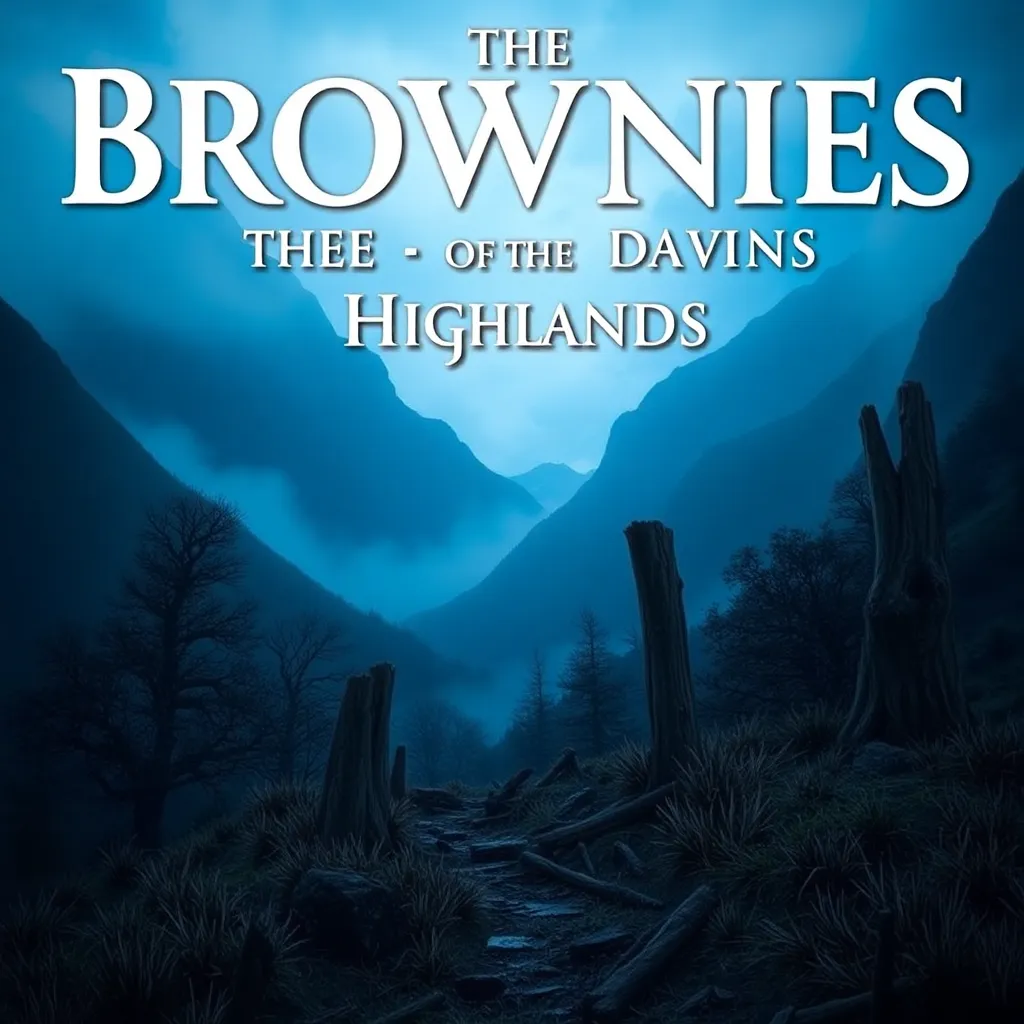The Baba Yaga: The Troll Queen of the Woods
I. Introduction
Baba Yaga is one of the most enigmatic figures in Slavic folklore, often portrayed as a fearsome witch who lives in the forest. She is a multi-faceted character whose stories have transcended time and culture, embodying both the nurturing and destructive aspects of nature. As a significant figure in Slavic mythology, Baba Yaga serves as both a guardian and a villain, often guiding or obstructing heroes on their journeys.
This article aims to explore Baba Yaga’s role as the Troll Queen of the Woods, delving into her origins, characteristics, and the impact she has had on folklore and modern culture.
II. Origins and Evolution of Baba Yaga
The roots of Baba Yaga can be traced back to ancient Slavic culture, where she emerged as a powerful archetype embodying the duality of life and death. Her character has evolved over centuries, influenced by various cultural and social changes within Eastern Europe.
In the early tales, Baba Yaga was depicted as a more neutral figure, often serving as a helper or guide. However, over time, she has taken on a more malevolent persona, frequently associated with fear and danger. This evolution mirrors the changing perceptions of femininity and power throughout history.
When compared to other mythical creatures, such as the Greek Hecate or the Norse giantess Skadi, Baba Yaga stands out due to her unique combination of magical abilities and her connection to nature, making her a distinct figure in global folklore.
III. Characteristics and Attributes of Baba Yaga
Baba Yaga is often depicted as a hag with a bony leg and a long nose, flying through the air on her broomstick. She is known for her distinctive hut, which stands on chicken legs and can turn around to face visitors. This portrayal encapsulates her connection to the natural world and the supernatural.
Her personality exhibits a remarkable duality; she can be both nurturing and malevolent. While she may assist those who show her respect, she also punishes the disrespectful. This characteristic makes her a complex figure, embodying the fears and reverence that nature inspires.
- Broomstick: Symbolizes her role as a witch and her connection to the air and the skies.
- Hut on chicken legs: Represents her mobility and adaptability, as well as her ties to nature.
IV. Baba Yaga’s Role in Folktales
Baba Yaga appears in numerous folktales, each highlighting different aspects of her character. In many stories, she plays the role of a mentor or helper to the protagonist, providing them with wisdom or magical items necessary for their journey. Conversely, she can also act as an antagonist, presenting challenges that must be overcome.
Some key stories featuring Baba Yaga include:
- The Frog Princess: Where she aids the hero in his quest.
- Vasilisa the Beautiful: A tale where Baba Yaga serves as a crucial figure in Vasilisa’s transformation and growth.
Common themes in Baba Yaga’s tales include the importance of respect for nature, the balance of good and evil, and the journey from innocence to experience, offering valuable moral lessons for readers and listeners alike.
V. The Troll Queen Aspect of Baba Yaga
Trolls in folklore are often depicted as creatures that dwell in the woods, embodying chaos and the unknown. Baba Yaga shares several characteristics with troll mythology, particularly in her connection to the forest and her unpredictable nature.
As the Troll Queen, Baba Yaga represents the untamed aspects of nature, embodying both its beauty and its danger. Her influence is often felt in stories where she interacts with the environment and the characters, serving as a force of nature that must be respected.
VI. Cultural Impact and Modern Interpretations
Over the years, Baba Yaga has made her way into various forms of literature and art, becoming a symbol of folklore that resonates with audiences. She has appeared in countless adaptations, from classic fairy tales to contemporary novels.
In modern media, Baba Yaga has been represented in:
- Film: Movies such as “John Wick” feature her as a powerful, mythological figure.
- Television: Shows like “Once Upon a Time” explore her character in depth.
- Video Games: Titles like “Baba Yaga: The Spirits of the Forest” utilize her as a central character.
There is a growing resurgence of interest in folklore and mythological figures, with Baba Yaga becoming a focal point for discussions about female power and the complexities of character in storytelling.
VII. Theological and Psychological Interpretations
Baba Yaga can be viewed as a representation of feminine power and wisdom, embodying the archetype of the wise woman. Her character challenges traditional gender roles, showcasing a complex relationship between femininity, power, and nature.
From a psychological perspective, Baba Yaga’s character may appear in dreams and nightmares, symbolizing the fears and challenges one must face in life. She represents the unknown and the potential for growth through adversity.
The relationship between humans and Baba Yaga is often marked by a blend of fear and respect, reflecting the intricate dynamics we maintain with nature itself.
VIII. Conclusion
Baba Yaga remains a significant figure as the Troll Queen of the Woods, symbolizing the duality of nature and the complexities of femininity. Her stories continue to impact contemporary culture, offering lessons that resonate across generations.
As we reflect on her enduring legacy, it becomes clear that preserving folklore and mythological narratives is essential to understanding our cultural heritage and the universal themes that connect us all.
https://www.youtube.com/watch?v=T7TVmbOmVAE



